See 15 Crazy Animal Eyes — Rectangular Pupils to Wild Colors
Cats
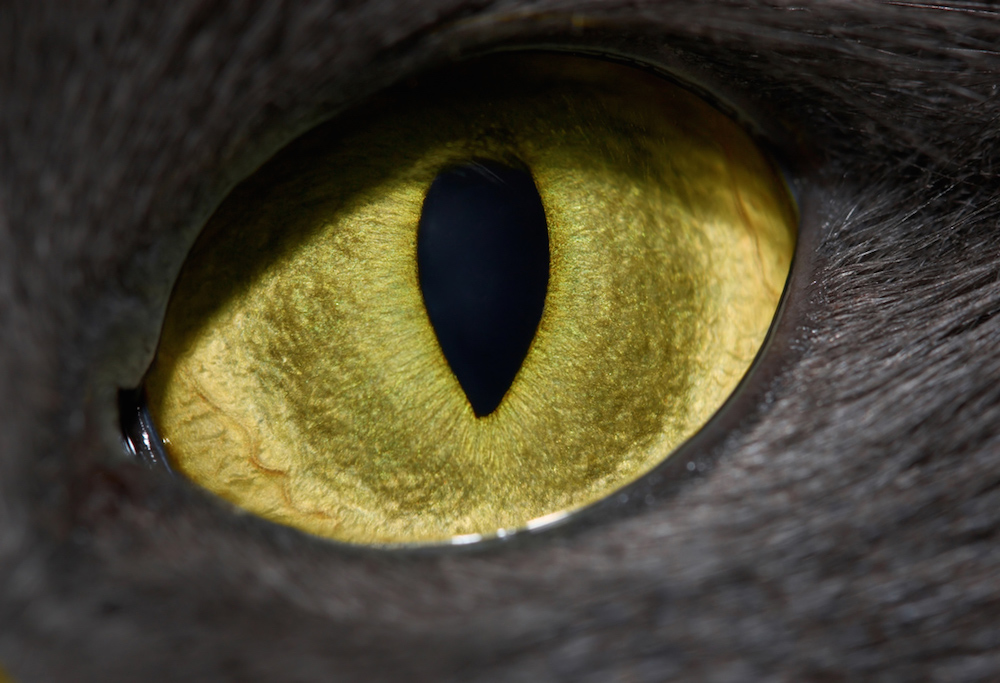
Many prey-ambushing, nocturnal predators, including the cat (pictured here), have vertical-slit-shaped pupils.
This kind of pupil likely provides predators with the sharpest way to estimate distance between themselves and a tasty meal, the study found. Gauging this distance is important, because it helps the predator decide how far it needs to leap out to catch its prey.
[Images: See the World from a Cat's Eyes]
Chameleons

A chameleon can move each eye independently of the other, allowing the animal to simultaneously look in two different directions with a full 360-degree view.
Just like a camera lens with a zoom, chameleons can focus their eyes and enlarge what they are looking at, Live Science reported previously.
Giant clams

Giant clams (Tridacna) may be big, but their eyes are pinhole-size. Each clam has several hundred of these tiny eyes on the exposed part of its fleshy mantle, according a 2003 study published in the journal Proceedings of the Royal Society B.
When one of these clams detects dark objects moving nearby, it withdraws its mantle toward its shell, the study found.
Another clam, known as the disco clam (Ctenoides ales), has about 40 eyes. But its vision is poor; it couldn't even detect flashing reflected from a nearby disco clam, according to research covered by Live Science.
Crabs

Crabs are unable to move their eyes, but the creatures have an excellent visual field that helps them spot predators and prey.
For instance, the fiddler crab (Uca vomeris) can see all around itself, including overhead, according to a 2009 study published in the Journal of Experimental Biology.
The eye cells on top of the crab's stalks can perceive light and dark, but not fine detail. "The crab only needs to see one dark spot moving in its upward vision to know it must run for its burrow," study co-author Jan Hemmi, a senior lecturer of biology at the University of Western Australia said in a statement.
Crocodiles
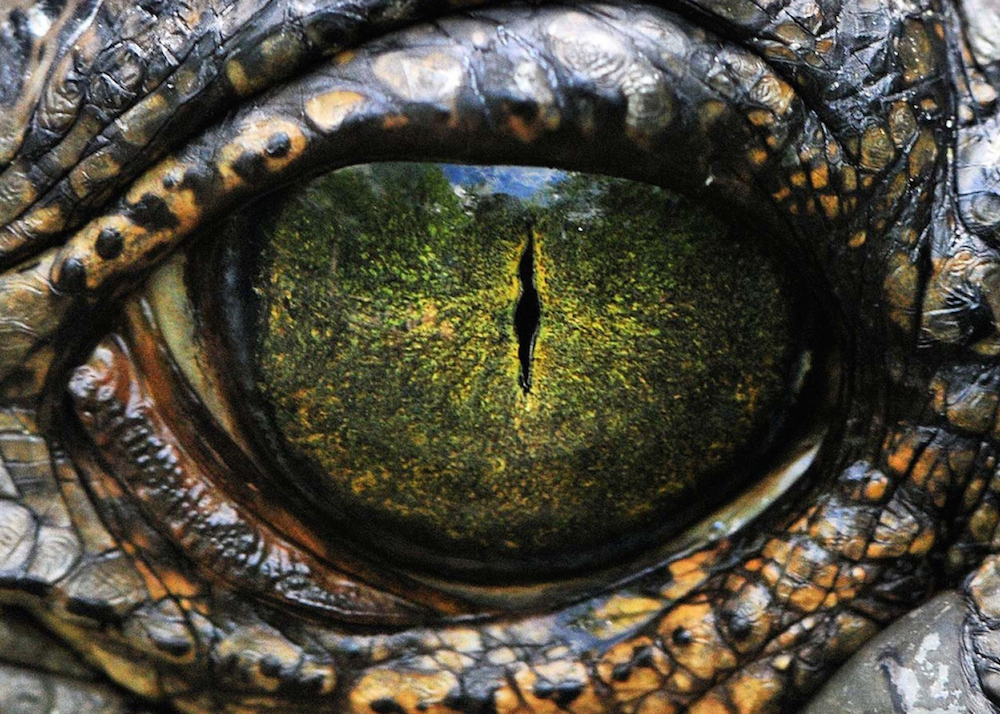
Like the cat, the crocodile is an ambush predator that has vertical-slit pupils to help it gauge distance when it attacks prey. The two animals also share another similarity: Both have nighttime vision.
The crocodile has a layer of reflective, mirrored crystals behind its retinas. During the day, a pigment in these crystals acts like a pair of sunglasses. But at night, the pigment cells retract, allowing the crystals to reflect light back onto the retina, amplifying the strength of the image. This allows the crocodile to essentially see in the dark.
Cuttlefish

When the cuttlefish (Sepia officinalis) is exposed to bright light, its pupil takes on a W-like shape. But when the animal is in dim or dark waters, the cuttlefish's pupils become circular. Why does this happen?
According to a 2013 study in the journal Vision Research, the narrow, W-shaped pupil helps the cuttlefish balance uneven, vertically traveling light. This cuts down the amount of sunlight that is scattered across the cuttlefish's lens, making it easier for the animals to see contrasting images, the researchers of the study said.
Dragonflies
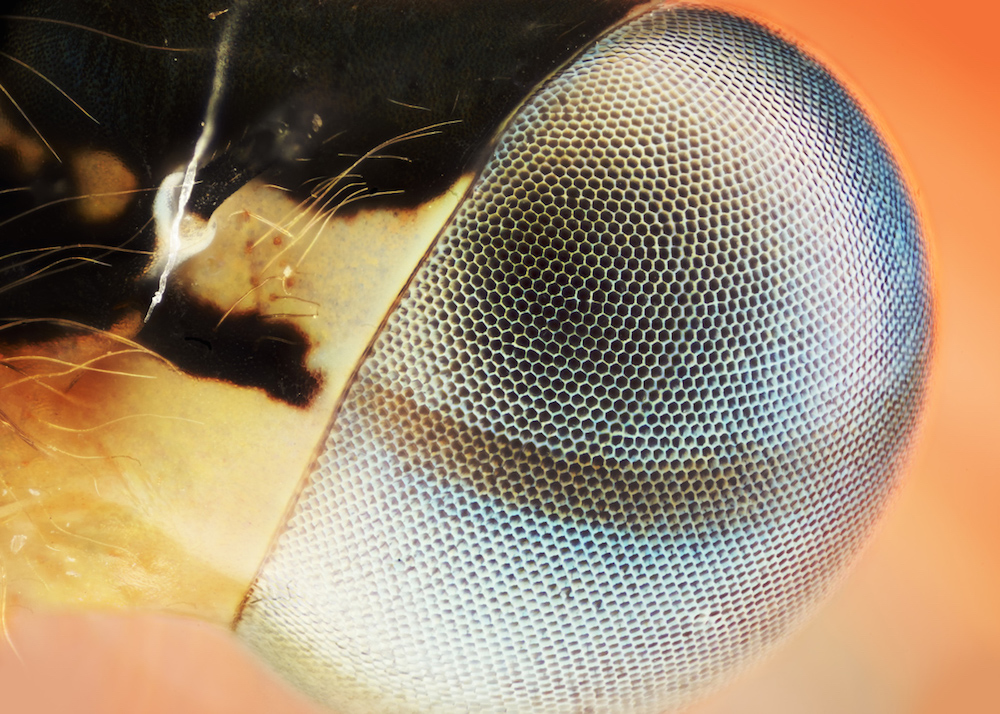
Dragonflies have sharp vision thanks to the large lenses in their compound eyes. Even better, these insects can see a wide array of colors.
Humans have trichromatic vision, a term that describes the red, blue and green light-sensitive proteins in our eyes. Dragonflies, in contrast, can see way more colors, including ultraviolet light. The insects have from 11 to 30 light-sensitive proteins in their eyes, according to a 2015 study in the journal Proceedings of the National Academy of Sciences that looked at 12 species of dragonflies.
Get the world’s most fascinating discoveries delivered straight to your inbox.
Goats
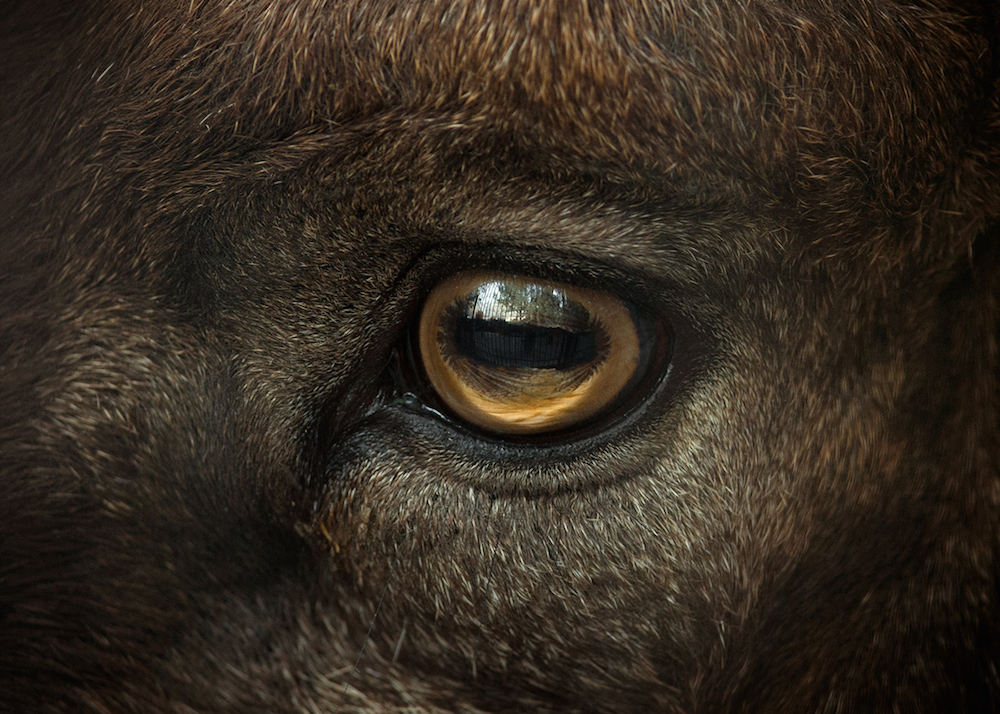
Goats have distinctive, rectangular-shaped eyes. But why?
The answer has to do with survival. A goat's oddly shaped pupils likely help it scan the horizon for predators, Live Science previously reported.
Human

The human eye resembles an old-fashioned camera. But instead of focusing light onto film, the eye's cornea (the clear structure at the front of the eye) and lens focus light onto the retina, tissue with light-sensitive proteins that can process black, white and different colors.
The place where the optic nerve enters the retina is called the blind spot. But don't despair: You can shrink the blind spot with eye-training exercises, a small 2015 study found.
Jumping spider
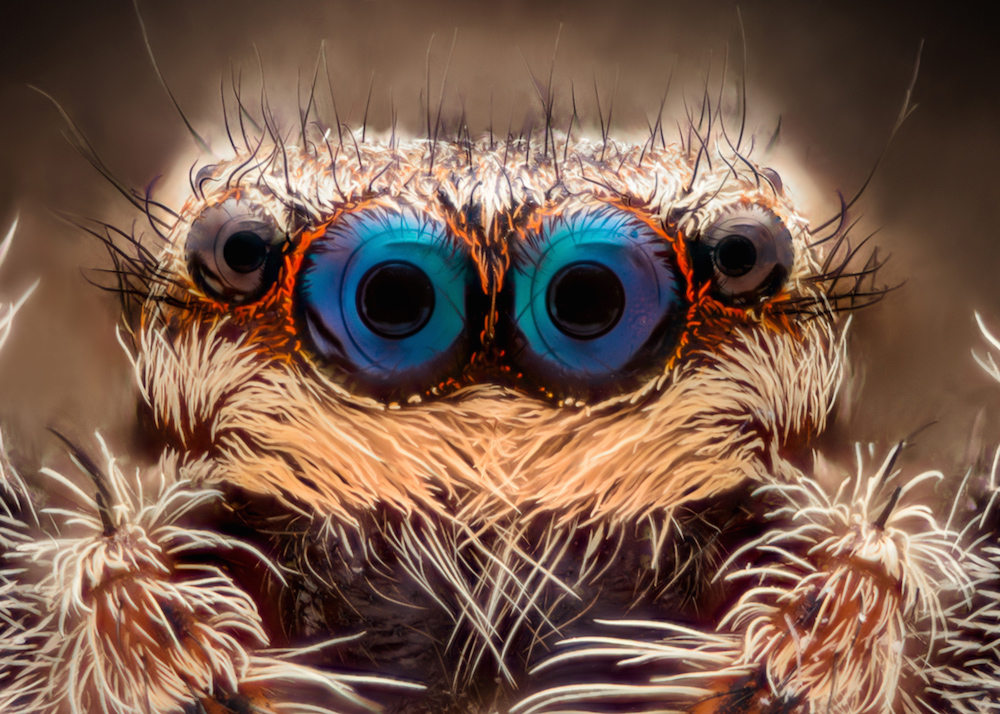
Despite their eight eyes, most spiders have bad vision. That's, in part, why they use webs to catch prey. But the jumping spider (Phidippus audax) is in a league of its own among spiders: It has excellent vision, which helps it pinpoint prey it can tackle.
The jumping spider can see almost 360 degrees around itself with its eight eyes. It uses the large, primary eyes on the front of its head to see detail and the small, secondary eyes to see motion, Live Science previously reported. [See photos of jumping spider eyes]
Leaf-tailed geckos
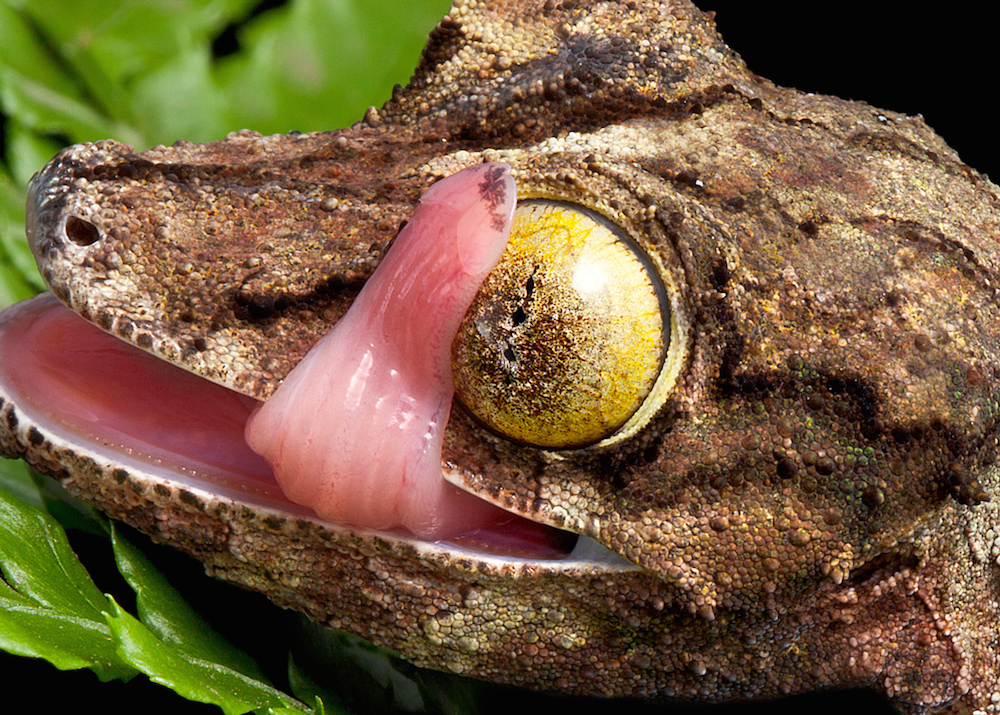
It's breathtaking to see leaf-tailed geckos' marbled eyes. These often have a background color of gold, silver or tan covered with concentric striations around the pupil, according to the Smithsonian's National Zoo and Conservation Biology Institute.
Geckos clean their gem-like eyeballs — which are either lidless or covered by clear eyelids — with a quick lick of the tongue.

Laura is the managing editor at Live Science. She also runs the archaeology section and the Life's Little Mysteries series. Her work has appeared in The New York Times, Scholastic, Popular Science and Spectrum, a site on autism research. She has won multiple awards from the Society of Professional Journalists and the Washington Newspaper Publishers Association for her reporting at a weekly newspaper near Seattle. Laura holds a bachelor's degree in English literature and psychology from Washington University in St. Louis and a master's degree in science writing from NYU.


